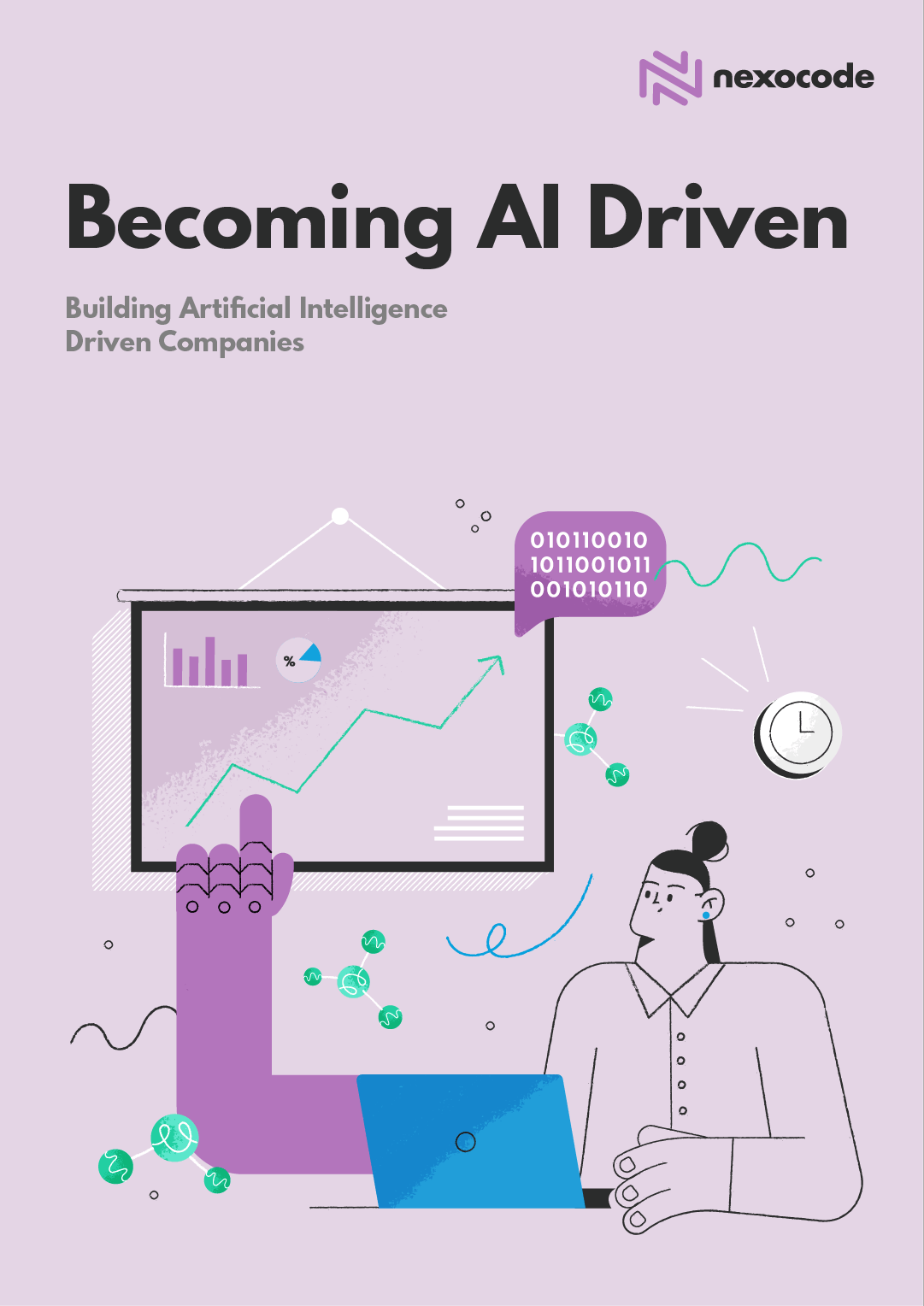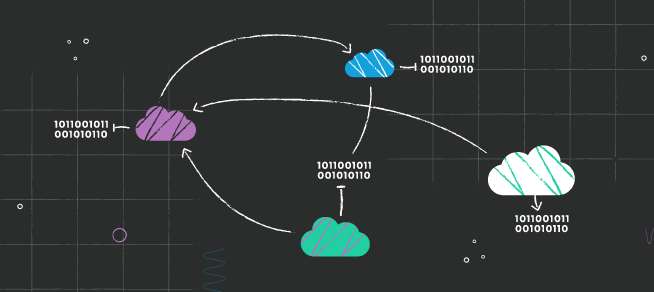Data is the new oil, and a good data strategy sets a roadmap to victory. Without a clear plan for managing and utilizing your organization’s data, you risk missing out on valuable insights and opportunities. But with so many components to consider, where do you start?
This article will guide you through the essential components of a successful data strategy. From defining business objectives and data governance to building a data culture across your organization, we’ll cover everything you need to know to transform your data into business gold. So buckle up, and let’s get started on the road to data success.
TL;DR
• A data strategy roadmap is essential for organizations to manage and utilize their data effectively.
• Key components of a successful data strategy include defining business objectives, establishing data governance, and building a data culture. Other important factors to consider include data architecture, data quality, and data security.
• Data analytics and visualization tools can help organizations extract insights from their data and make informed decisions. They also support building data literacy across organization.
• Building an enterprise data strategy involves various stakeholders, including business leaders, IT professionals, data analysts, and data scientists. Collaboration and communication among these teams are critical to ensuring the data strategy aligns with business goals and technical requirements.
• For companies that want to implement AI or Big Data initiatives, it’s crucial to start with a solid data strategy now. A well-defined data strategy provides a strong foundation for successful implementation of these technologies, enabling organizations to extract meaningful insights from their data and drive business success.
• If you’re looking to develop a data strategy for your organization, consider partnering with data strategy experts, like nexocode, to guide you through the process.
Contact us today to learn more about our services and how we can help you transform your data into business success.
Why is Data Strategy Important?
Having a blueprint for your organization’s data-driven objectives outlines the components of your data program and the manners in which you will use it to provide value to the company. Establishing a data strategy and setting clear goals in this allows you to leverage data to its fullest potential and avoid any costly mistakes that could hinder your teams’ efforts.
Without a clear data strategy in place, your organization risks misinterpreting or ignoring the big picture of how data can be used to achieve business objectives. You may also miss out on opportunities to derive insights and make choices that will push your organization forward if you come to decisions based upon gut instinct or guesswork instead of hard evidence.
Properly managing and interpreting all of the collected data enables organizations to overcome multiple hurdles that may negatively affect profitability and overall success. The benefits of having a concise data strategy include the following:
Improved Decision-Making
Whether it’s budget allocation, marketing tactics, or staffing decisions, having the data to back up choices on such issues can lead to positive results for the company. The thorough analysis of data and clear presentation of the results through, e.g., data visualization and dashboards, simplifies the decision-making process and bases it upon objective metrics.
Optimized Business Processes
Organizations that focus on data-driven strategies can use their insights to identify resources that are being overutilized, as well as potential areas of improvement throughout the company. This will often result in more efficient business operations, saving time and money in the long run.
A Greater Understanding of Business Operations
Without a thorough comprehension of the core components that make up an organization (e.g., users or clients, supply chain processes, competitor activity), there is a greater risk of inefficiencies. A data strategy provides an overarching view of all components, enabling the team to better understand what is working and what needs to be changed.
More Predictive and Accurate Forecasting
Both prescriptive and predictive analytics allow an organization to ascertain its business objectives, as well as anticipate customer behaviors and manage risks. Descriptive analytics, meanwhile, can be the answer to a lack of understanding about the current needs of the business.
A data strategy that establishes and enforces protocols for data storage, usage, and transfer can increase the efficiency of data sharing around the various departments in an organization. What’s more, these same protections will also reduce the possibility of multiple business units duplicating the same data.
Protection Against Risk
Data governance and security components of a data strategy, which are especially vital in industries with strict regulations, serve to protect sensitive information whilst maintaining its integrity. Issues regarding data privacy and data quality might otherwise undermine the ability of an organization to conduct proper analysis of its data.
The Key Components of a Data Strategy You Should Focus On
In order to create an effective plan for the usage of data within a company, there are several critical aspects to consider in order to build upon the strong foundations of enterprise data management. Breaking them down individually will allow you to build a comprehensive data strategy that can be used to support your organizational objectives.
The aim of any data strategy should be to harness the power of your organization’s data and turn it into strategic decisions that drive tangible results: reducing costs, improving customer service, and optimizing business processes, etc.
Before you can get started on the components of a data strategy, it’s therefore necessary to set measurable goals that align with your company’s overall objectives.Focusing on the goals and priorities of the organization will facilitate the development of a data strategy that supports your desired outcomes and avoids unnecessary components.
Data Governance
The process of managing and overseeing data in order to verify that it is accurate, secure, and compliant with both legal and internal regulations. Data governance involves aspects such as data quality management, privacy measures, access control policies, and auditing.
Having effective data governance policies in place will enable your organization to make decisions based on reliable information that is free from bias or discrepancies. It also keeps data secure and all components of the data strategy remain compliant with applicable regulations.
Data Management
Developing a system to store, process, and analyze data, which includes components like a data warehouse, an ETL (extract, transform, load) data pipeline, and analytics tools for data analysts to use. Data management is essential for any data-driven organization and serves as the foundation of a successful data strategy.
Without consistent data management, it is impossible to utilize data effectively or accurately measure the efficacy of decisions that have been made or data initiatives that have been implemented. Investing in
cloud-based solutions and data lakes, for example, will enable your organization to collect, store, and interpret large amounts of data more efficiently.
Data Architecture
Outline the components and platforms necessary for your data strategy to run smoothly, which means databases, applications, APIs, and more. Data architecture ensures that all parts of the data strategy are connected and compatible with one another, creating an environment that supports efficient data usage.
Data architecture also plays a key role in scalability – increasing (or decreasing) the number of databases and applications to support growing (or shrinking) demand or changing requirements. of the organization.
Data Infrastructure
The actual elements and data management tools used to build a data strategy, like software platforms, computing resources, and automation. Data infrastructure enables organizations to transition from raw data into useful insights that can be used to support strategic decisions.
This involves components such as data wrangling and feature engineering tools, machine learning systems, and analytics platforms.
The process of uncovering insights from data, such as by using analytics tools and algorithms. Data and analytics are essential components of a data strategy roadmap because they facilitate the identification of patterns and trends in data that can be used to inform action plans.
For example, predictive data analysis tools can provide an organization with insights into future customer behavior and trends, allowing them to make business decisions accordingly. Data visualization tools are also often used to make complex data easier to interpret and understand.
Data Security, Privacy, and Ethics
Protecting data from unauthorized access or malicious actors is a vital component of any data strategy. This means implementing various security and privacy measures, such as data encryption technology and user-access controls.
Data ethics is also a crucial factor to consider, as organizations must guarantee that the data they collect is being used fairly and responsibly. Having a clear policy for appropriate data use and management will prevent any potential ethical issues from arising.
Data Culture
Creating an environment in which data can be used effectively by hiring data-savvy personnel and providing ongoing training to get everyone involved familiar with every aspect of the data strategy. Data culture should be embedded throughout the entire organization and directly align with your data-driven objectives.
A positive data culture must be nurtured within an organization to improve the likelihood of the data strategy roadmap being successful. Without one, it can be difficult to get everyone on board with the data strategy and understand why using data is critical for the future of the organization.
Costs Associated With Data and Setting Budgets
The expenditure associated with data acquisition, data storage, and data analysis must be taken into consideration when crafting the strategy. Setting a budget for each of these facets of the data strategy defines and is necessary for the efficient allocation of available resources and keeping costs under control.
Having an accurate idea of how much data components cost and what the associated benefits are will reduce the chances of any of the budget being wasted. As a result, organizations can get the most out of their data-driven efforts while avoiding any unnecessary costs. Read more about data-driven decision making
here.
Who Is Involved in Building The Enterprise Data Strategy?
Since data strategy components affect every aspect of an organization, senior leadership should be heavily involved in each stage. It is their responsibility to confirm that the components of a data strategy roadmap are aligned with the overall business objectives, and that everyone involved is aware of their roles and responsibilities. Read more about data
here.
Additionally, the data team and business users must be consulted throughout the process in order to keep all aspects of the data strategy up-to-date and relevant. Involving the team in decision-making will give them a better understanding of how their work fits into the larger context and thus increase their motivation to deliver meaningful results.
How to Profit From the World of Big Data and AI? Start With A Solid Data Strategy
A data strategy roadmap is essential for organizations wanting to take advantage of the opportunities that emerging technologies can offer. Taking the time to understand and implement solutions such as artificial intelligence (AI) and big data will enable businesses to remain competitive in this ever-evolving digital landscape.
Big data – that is, the collection and analysis of vast quantities of data from multiple sources – can provide invaluable insights about customer behavior. But big data means more than just gathering huge amounts of information; it also requires the right data strategy, a positive data culture, resource allocation, and buy-in from senior leadership or the stakeholders.
Likewise, AI can be implemented to streamline processes, improve the customer experience, and uncover key trends that would otherwise remain hidden. However, organizations must bear in mind how, say, machine learning technology, which is at the core of AI, works and set parameters to maintain data privacy, security, and ethical use of collected information.
In other words, a data strategy roadmap is the foundation upon which businesses can leverage all of the opportunities afforded by big data and artificial intelligence. With the right approach, organizations can develop effective plans for leveraging big data and AI to gain valuable insights into customer behavior and trends, allowing them to make more informed decisions.
As such, having a data strategy in place will increase the chances of any investments made in these technologies to pay off in the long run. Any business that wants to stay ahead of the competition in this digital age must therefore invest in an effective data strategy roadmap today, if they have not already done so.
Creating a comprehensive data strategy requires careful consideration of all the above-mentioned components, remembering that each element must be sufficiently flexible to meet the changing needs of your organization. Further, involving relevant stakeholders and staff throughout the process enables any necessary changes to be made quickly and easily.
If you need any more assistance with setting up an effective data strategy roadmap, do not hesitate to
contact data experts at nexocode. We can provide personalized advice that takes into account the needs of your organization and guide you every step of the way, so you can rest assured that your business strategy is fully optimized for success in this digital age.







